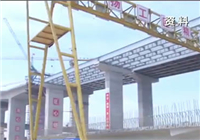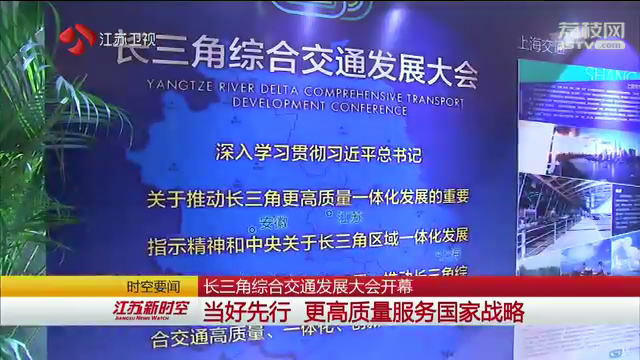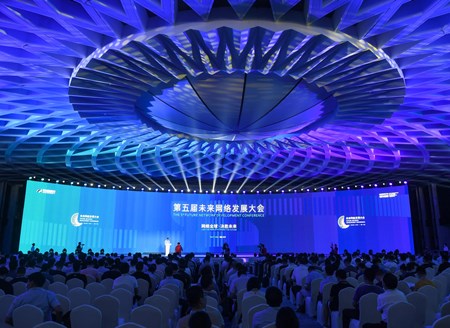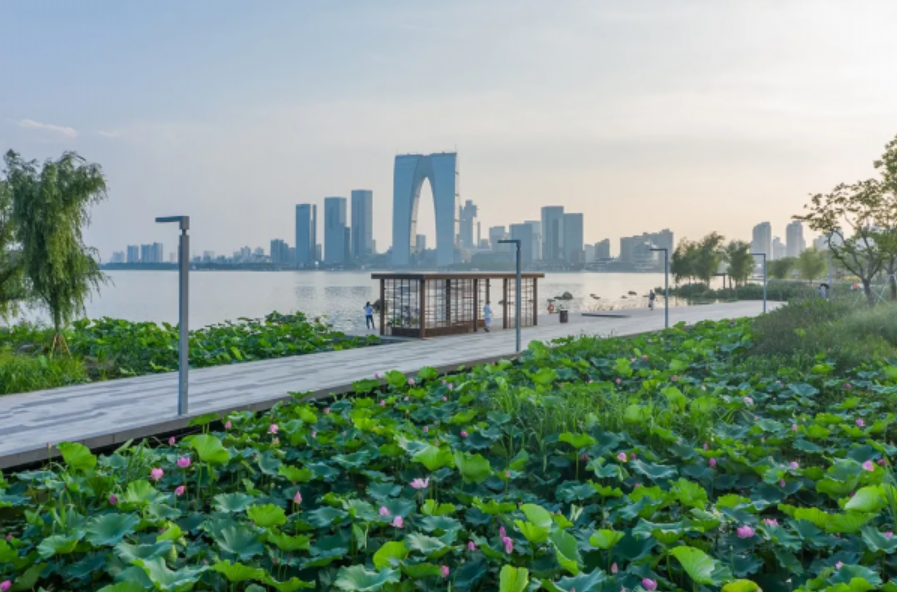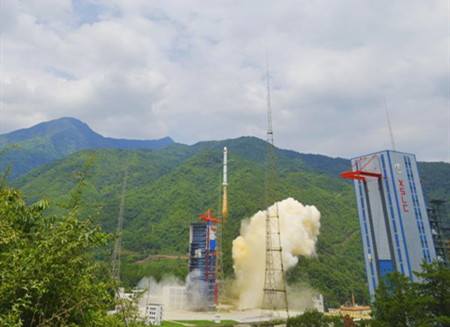A summit on the integrated transportation development of the Yangtze River Delta was held Saturday morning in Nanjing, capital of east China’s Jiangsu province.
The regional integration development of the Yangtze River Delta has risen to a national strategy. It is therefore of great significance to promote coordination and collaboration in the comprehensive transportation development and related fields within the region.
The Declaration on the Comprehensive Transportation Development of the Yangtze River Delta was announced at the meeting.
organic connection of transportation planning, accelerate the interconnection of transportation infrastructure, promote the demonstration of transportation science and technology innovation, promote the management of traffic ecological environmental protection, and promote efficient and coordinated management and services of the transportation sector.
A framework agreement was also reached at the meeting on the connection of dead-end roads in the delta through cross-regional cooperation. Construction on the 17 trans-provincial dead-end roads will go underway at the end of this year and the next year in a bid to contribute to the smooth flow of transportation in the delta.
The integrated development of the Yangtze River Delta will be supported and raised to a national strategy, President Xi Jinping noted in the keynote speech at the opening ceremony of the recent China International Import Expo in early November in Shanghai.
The Yangtze River Delta region is known for its openness, economic vitality and innovation. Covering nearly 360,000 square kilometers of land, including Shanghai and three surrounding provinces — Jiangsu, Zhejiang and Anhui — the region stands at an important intersection of the Belt and Road Initiative and Yangtze River Economic Belt.
In August this year, The Yangtze River Delta Regional Cooperation Office issued an action plan for 2018-2020 for the Yangtze River Delta's integrative development. The three-year action plan aims to integrate the economies of Zhejiang, Jiangsu and Anhui provinces, and Shanghai, through coordination and collaborative development.
In addition to the municipality of Shanghai, the Yangtze River Delta region is traditionally made up of the provinces of Jiangsu and Zhejiang, and more recently also includes the province of Anhui. The whole region covers 211,770 km2 – more than twice the size of South Korea.
Currently, the Yangtze River Delta is China’s richest region per capita, and in 2016 generated a GDP of RMB 17.72 trillion or US$2.76 trillion, which is about 20 percent of national GDP. It is responsible for one-third of China’s imports and exports, and has a population of about 150 million people, which is 11 percent of the country’s total.
The region is set to continue to play a significant role in China’s economy with its transformation into a world-class city cluster.
In 2010, China’s State Council approved a plan that aims to make the Yangtze River Delta region even more competitive so that it is transformed into a world-class city cluster by 2030. To be successful, the region will have to compete against China’s other regional clusters – the Pearl River Delta and Beijing-Tianjin-Hebei region – and overcome an array of integration challenges.
For the Yangtze River Delta project to be successful, provinces and cities in the region will need to cooperate with each other and focus on their own comparative advantages so that duplication is avoided, areas complement each other, and synergies are maximized.
Integration is the key to the success of any cluster. For the Yangtze River Delta region, there is optimism in this respect given that the Yangtze River Delta region already has highly developed infrastructure and is successful in key industries, analysts say.
However, integration will still be challenging due to its scale and ambition, and challenges in overcoming the tradition of provincial and prefectural governments competing for projects and investment opportunities.
